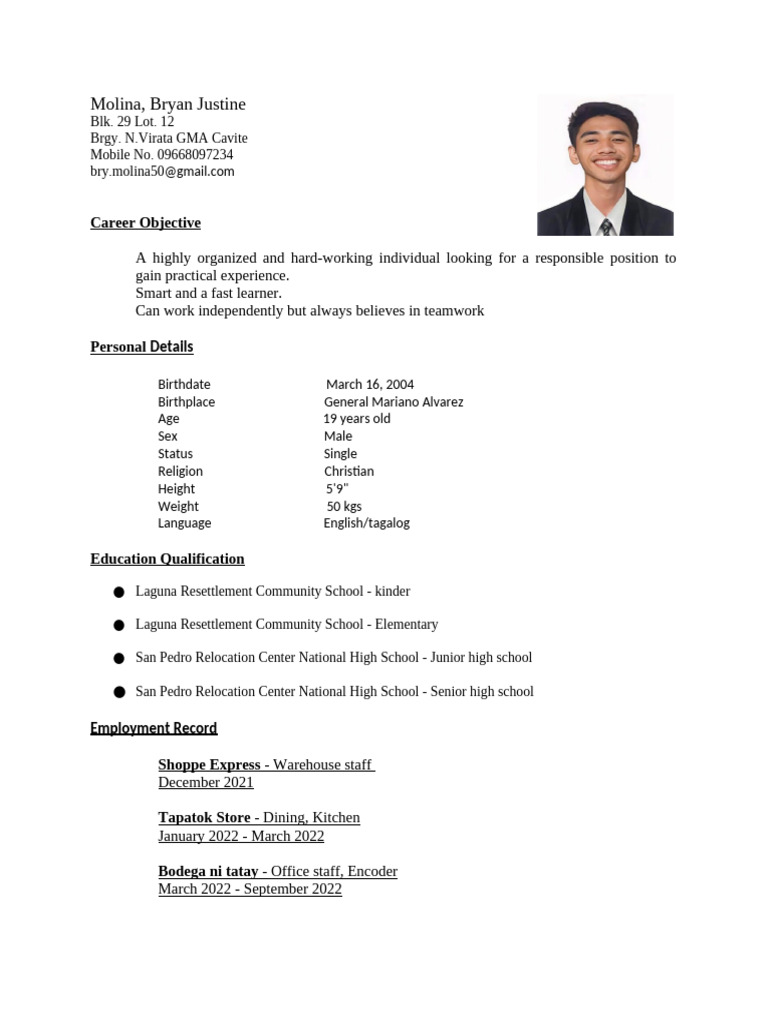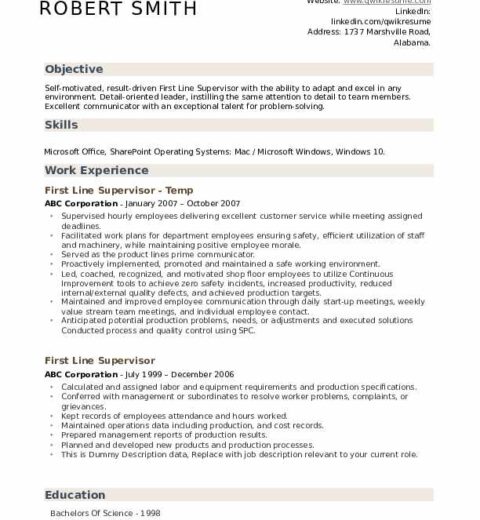In today’s competitive job market, the presentation of a resume can significantly influence potential employers’ perceptions of candidates. With hiring managers often inundated with applications, a well-crafted resume must not only encapsulate qualifications but also engage the reader immediately. One of the quintessential questions that applicants grapple with is: “How far back should I go on my resume?” Understanding this can be the difference between landing an interview and being overlooked.
As we plunge into 2024, a pivotal rule emerges—focusing on relevance rather than a mere recitation of chronology. The traditional view, which often dictated that resumes should cover the entirety of a candidate’s work history, is evolving. Today, candidates are encouraged to curate their work experience, emphasizing roles that are pertinent to the job they seek.
The recommended span for detailing work experience is typically 10 to 15 years. This range allows candidates to provide a narrative arc of their career, showcasing how they have evolved professionally. For seasoned professionals, who may have extensive histories, this presents an opportunity to distill their achievements and align them with the demands of contemporary employers.
Yet, determining which positions to include within this time frame can pose a conundrum. A strategic approach includes assessing the relevancy of each position to the current employment landscape and the specific role being applied for. Candidates should reflect on their various roles: did they develop skills that are vital for the position? Did they achieve noteworthy successes? Were there any significant contributions that added value to their team or company? Each of these factors can help decide whether to incorporate certain experiences.
Aside from relevance, aesthetic appeal plays a crucial role in how a resume is perceived. The visual presentation of a resume can either captivate or dissuade an employer from proceeding with a candidate’s application. With a plethora of resume templates available, selecting one that aligns with the industry standards is key. A well-organized, visually appealing resume allows for quick scanning, thereby facilitating the hiring manager’s ability to locate the most pertinent information rapidly.
Another dimension to consider is the inclusion of gaps in employment. These gaps can be a source of anxiety for job seekers. However, when approached correctly, they can be framed positively. If a candidate has taken time off for personal reasons, further education, or other professional endeavors, these can be included to create a cohesive narrative. For instance, a brief mention of volunteer work, freelancing, or further learning can help mitigate any negative implications associated with gaps.
Further, the incorporation of keywords from job descriptions is essential. This not only aligns resumes with applicant tracking systems but also demonstrates an understanding of the role’s requirements. Utilizing industry-specific terminology conveys proficiency and can augment the candidate’s competitive edge.
Nonetheless, it is crucial to balance brevity with comprehensiveness. The ideal resume should not exceed two pages of content. This constraint compels candidates to focus on the most salient points of their career, thereby avoiding dilution of significant achievements. However, for those with extensive careers, a succinct summary may be beneficial. Incorporating a ‘Summary of Qualifications’ section can allow for a high-level overview of the candidate’s key skills and accomplishments without overwhelming the reader.
In terms of formatting, it is prudent to maintain a consistent structure throughout the document. Using clear headings, bullet points for lists, and ample white space can enhance readability. The choice of font is also impactful; opting for professional and straightforward fonts ensures that the resume appears polished and serious. Avoiding overly ornate styles keeps the focus on content rather than design.
Furthermore, candidates should not overlook the power of action-oriented language. Utilizing strong verbs can significantly enliven the descriptions of prior roles, fostering a sense of dynamism throughout the resume. Phrases like “spearheaded,” “orchestrated,” and “exceeded expectations” tend to catch the eye of hiring managers and paint a vivid picture of an applicant’s contributions.
Lastly, as the modern employment landscape shifts towards a more holistic approach, some may consider adding sections that reflect on personal projects, extracurricular involvement, or even interests. This not only humanizes the resume but may reveal additional layers of skill and personality that could resonate with potential employers.
In conclusion, the question of how far back to go on a resume is no longer a simple matter of chronology. As we navigate the complexities of 2024’s job market, candidates must embrace a nuanced perspective—prioritizing relevance, visual appeal, and a strategic presentation of their professional journey. Igniting intrigue around key characteristics and ensuring that the overall aesthetic is inviting entails a disciplined approach to resume writing. By following these guidelines, candidates not only enhance their chances of securing job interviews but also convey their unique professional identity effectively.




